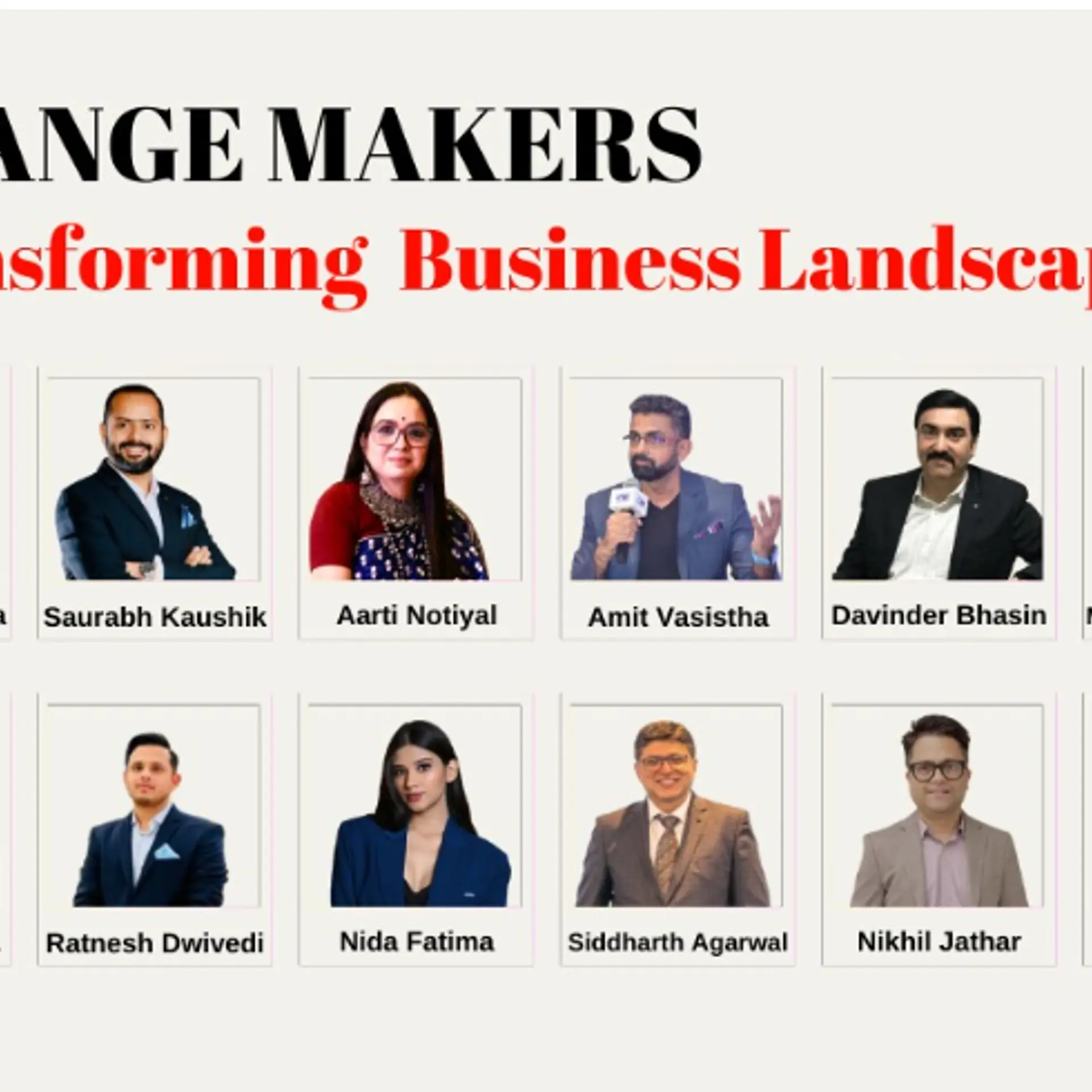How digital lenders and fintechs have challenged and changed the loan landscape in India
The growth of the personal loan landscape has been tempered by a fair amount of regulatory challenges and mistrust. Karan Mehta, Founder and CTO, Pay with RING, discusses how fintechs have risen to the challenge at YourStory’s Tech Leaders’ Conclave.
India’s growing ambitions are amply supported by the rising aspirations of its populace.
The proliferation of modern digital lenders, who are harnessing dynamic technologies like artificial intelligence, has made fulfilling these aspirations easier than ever before with personal loans.
However, the increasing number of players, regulatory changes and the shadow of credit risk have cast clouds over the sector. Karan Mehta, Founder and CTO, Pay With , sat down with Mayuri Ramanan, Senior Content Strategist, YourStory Media. for a fireside chat titled ‘The seal of approval: Personal Loan Landscape in India’, at YourStory’s Tech Leaders’ Conclave 2024, to discuss the loan landscape in India.
The conclave is a curated annual event, where the brightest minds and boldest leaders share insights and journeys, and envision the next five years of innovation in India.
Beyond personal loans
The fireside chat began with a look at Pay with RING’s journey through the personal loan landscape. RING is a platform that provides swift and hassle-free credit financing to customers across India.
Founded as Kissht eight years ago, the company was handling monthly disburses of 400 crore. Two years ago, it rebranded to RING, and currently disburses around Rs 2,300 crore each month. This year also proved to very successful for the company, with Rs 300 crore profit after tax. RING has added a variety of offerings in the last few years, adding United Payment Interface (UPI) to their apps. The company also expanded its loan portfolio to add loans against property and partnered with other lenders.
“We're going from being a very focused player to being a very, very generic player. We are going for customers across income levels, geographies, and credit segments,” Mehta said.
Changes and challenges
Amid this growth, the changes in the personal loan landscape have been monumental. The gates have opened to a wider audience. Personal loans, which were granted to either salaried individuals or those above a certain income threshold, are now accessible to people outside these rigidly defined standards.
“The challenge with those two criteria, eight years ago, is that less than 6% of India's population has a formal salary, where you see a salary in their bank account every month. Six years ago, the total number of Indians who had a bureau score was 20 million. Companies like us, part of a large cohort of lenders, realised that India has massive potential. While there were challenges in assessing new customers - outside the ones solved by banks - we set out to solve them and now 400 million Indians have a bureau score,” Mehta said.
Today, RING customers from different geographies and income levels can access personal loans from the app. Digital loans up to Rs 8 lakh are available on digital platforms. Large banks, like HDFC, Axis Bank, and others handle higher ticket sizes than fintechs and non-banking financial companies (NBFCs), however, they cater to an extremely safe pool of customers. Fintechs opt out of working in these kinds of silos, bringing easy access, underwriting services and, importantly, great customer experience for loan-seeking individuals.
Navigating a regulatory rollercoaster
One of the largest challenges that fintechs face is the increasing number of regulatory changes. Both RING and the fintech sector have grown exponentially, but this has also escalated regulatory concerns.
According to Mehta, this kind of growth has prompted the RBI to exert caution so that unscrupulous players cannot take advantage of customers. With regulations coming thick and fast, fintechs are confused and unable to keep up with the changes, leading to uncertainty. Furthermore, banks and traditional NBFCs continue to view fintechs as outliers.
“They don't trust us. And we've done enough and more to prove it. We've been around for eight years. Our underwriting has played out. Our risk strategies have played out. Our checks and balances, on and across the board, whether it's onboarding customers, acquiring customers, have all played out. But there is a massive amount of caution that everyone takes in dealing with fintechs. We still feel that we have to earn our keep and that becomes a big challenge. We follow every single KYC norm, every single risk mitigant that RBI puts in place for us. And yet it feels that they look at us with scepticism,” Mehta said.
The great tech migration
Apart from viewing fintechs with scepticism, banks were also taken aback by the speed at which fintechs are reinventing the financial services industry. In the past, when RING would present Application Programming Interfaces (APIs) to banks and traditional NBFCs, they would be met with confusion. Now, banks are catching up in the tech race, although a certain amount of suspicion lingers around technologies such as artificial intelligence and machine learning.
“When we look at just the pattern of transaction a customer does, whether it's booking an Ola cab or placing an order on Amazon, we use that to extrapolate the risk behaviour of a customer. With almost eight years and 60 million loans, we know that the science works out. When you explain this to banks, using models and data, they’re still sceptical, and that becomes a big challenge for us to overcome,” Mehta shared.
Will the credit bubble burst?
Mehta offers a counter to those worried about increasing credit risk in the personal loan space. While he acknowledges that risk is a problem, he believes India has it under control, calling the last two to three years the ‘Golden Age of Credit’ in India. This has led to experts across the board keeping an eye out for macro and systemic changes in the system that will bring this golden age crashing down. The entire ecosystem is therefore cautiously optimistic that this will not be a credit bubble that bursts.
The fireside chat covered a wide range of topics, including customer experience in the financial services industry, product design and customer trust, and how fintechs are building greater inclusion in the sector. Watch the entire video <<here>>.







